
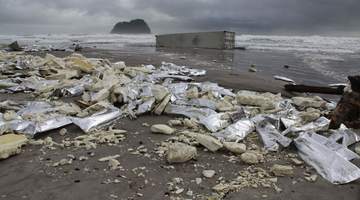
The resources in this collection are about where the land meets the sea. New Zealand has 15,134 km of coastline with extensive marine habitat. Land and sea are intricately linked, one impacting ...
READ MORE
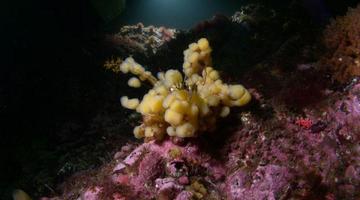
Many of New Zealand’s species are endemic – they are found nowhere else on Earth. This makes New Zealand’s biodiversity very special in the world. This includes marine biodiversity – for example ...
READ MORE
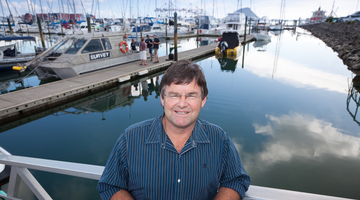
Position: Senior Lecturer, School of Science, University of Waikato. Field: Marine ecology. Professor Chris Battershill leads Coastal Science at the University of Waikato. His main interests are ...
READ MORE
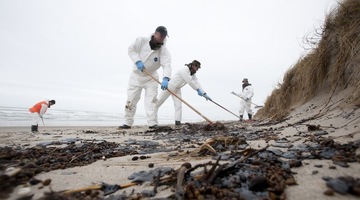
In this activity, students consider short-term and long-term responses to an environmental disaster such as the Rena. By the end of this activity, students should be able to: describe what might ...
READ MORE
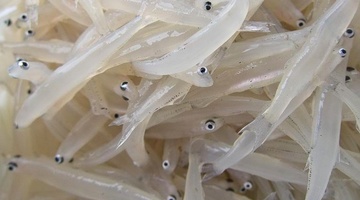
In this activity, students learn about eels and/or whitebait and how human activity has impacted on their lives. Students learn about obstacles these taonga face and about possible solutions ...
READ MORE
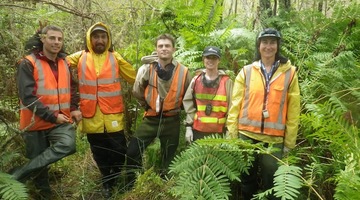
In this activity, students learn about the Ake Ake model and how it was used with iwi on the Waikato River in the Huntly area. Students then explore changes in their local environment from a ...
READ MORE
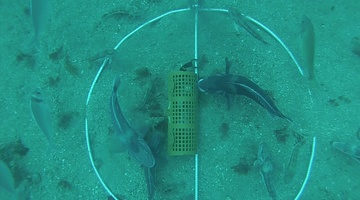
Come and visit Aotearoa New Zealand’s underwater world in this online citizen science project. Discover, count and identify unique fish species that live within our marine reserves ...
READ MORE
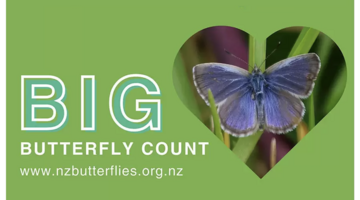
This New Zealand-based citizen science project collects data about butterflies in our gardens, schools, parks and farms – any location in the country or on the outer islands. This annual event – ...
READ MORE
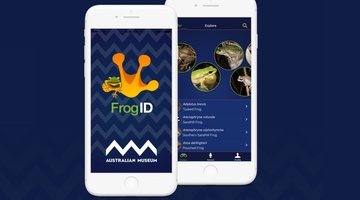
FrogID is an Australian app that uses audio of frogs’ unique calls to identify various species and their locations. We can use it in Aotearoa New Zealand to record the location of introduced ...
READ MORE
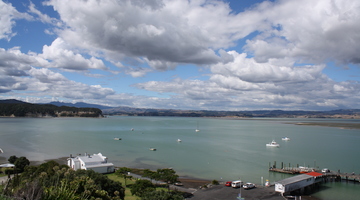
With 75% of New Zealanders living within 10 km of the coast, many students will be familiar with estuaries. In scientific terms, estuaries are the interface between the land and the sea – the ...
READ MORE

In this recorded professional learning session, Lyn Rogers and Steve Hathaway from Young Ocean Explorers introduce some exciting marine teaching and learning resources and: chat about Steve’s ...
READ MORE

In this recorded professional learning session, Greta Dromgool and Ben Moorhouse from the Department of Conservation unpack conservation education and: introduce some exciting DOC resources aimed ...
READ MORE
Immediately following the grounding of the Rena on the Astrolabe Reef, the Bay of Plenty Polytechnic and the University of Waikato formed a marine response team. This team surveyed local marine ...
READ MORE
There are many natural ways in which water is purified. Unfortunately, in some ecosystems, humans have had drastic impacts on these natural processes and now there are problems with water ...
READ MORE
In this video, David Hamilton explains what time and space means for the water cycle by taking a closer look at Lake Rotorua. Lake Rotorua’s water quality is the result of what happened to the ...
READ MORE
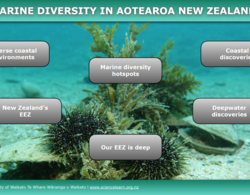
Aotearoa New Zealand is a hotspot for marine diversity.
READ MORE

An interactive showing the lower Waikato River. Use the zoom-in feature to find some cultural and geographical connections to the river. Listen to iwi talking about what the river means to them ...
READ MORE
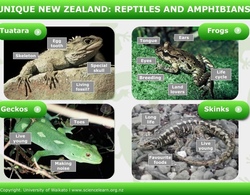
Explore this interactive to learn more about New Zealand’s unique reptiles and amphibians. Move your mouse or finger over any of the labelled boxes and click to obtain more information. Select ...
READ MORE